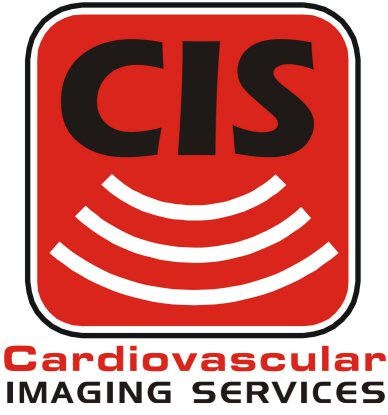 |
Providing patients and facilities with quality,
convenient, ultrasound imaging. 1-866-894-7155 |
|
|
What is an Ultrasound
A transducer is placed against the skin's surface. Gel is placed on the skin to improve the contact of the transducer to the area being examined. The sound waves are recorded and displayed in the form of images on a screen. Studies include:
• Abdominal ultrasound - assesses the gallbladder, spleen,
pancreas and kidneys
Ultrasound imaging, also called ultrasound scanning or
sonography, involves exposing part of the body to high-frequency
sound waves to produce pictures of the inside of the body.
Ultrasound exams do not use ionizing radiation (as used in
x-rays). Because ultrasound images are captured in real time,
they can show the structure and movement of the body's internal
organs.
In medicine, ultrasound is used to detect changes in the
appearance of organs and tissues or detect abnormal masses, such
as tumors. In an ultrasound examination, a transducer both sends
out sound waves and records the echoing waves. When the
transducer is pressed against the skin, it directs small pulses
of inaudible, high-frequency sound waves into the body. As the
sound waves bounce off internal organs, fluids, and tissues, the
sensitive microphone in the transducer records tiny changes in
the sound's pitch and direction. These signature waves are
instantly measured and displayed by a computer, which in turn
creates a real-time picture on the monitor. One or more frames
of the moving pictures are typically captured as still images.
Preparation
You should wear comfortable, loose-fitting clothing for your
ultrasound exam. You may need to remove all clothing and jewelry
in the area to be examined. You also may be asked to wear a gown
during the procedure. What to Expect
There is usually no discomfort from pressure as the transducer
is pressed against the Advantages of Ultrasound
• Evaluating symptoms such as pain, swelling, and infection
|
|
South Point Office
Address: 189 Co Rd 276, South Point, OH 45680 Phone: (740) 894-7155 (866) 894-7155 Fax: (740) 894-3390 Ashland Office Address: 300 St. Christopher Dr Ashland, KY 41101 Phone: (606) 371-1100 Email: cisultrasoundinfo@gmail.com |
2022 www.echos4u.com All Rights Reserved |
 site designed by ProStar Designs |